The BMW i5 eDrive with 340 hp is among the best electric cars you can buy for DKK 600,000. However, comfort and driving pleasure contrast with high winter power consumption.
Car of the Year in Denmark has nothing to do with popularity and low prices. The assessment is about finding it best new car – not the best of them cheapest new cars. I helped vote the electric BMW i5 as Car of the Year in Denmark 2024, because the German sedan is beautiful and because it was one of the best new cars you could take into 2024.
The reality can look different when short trips in a car turn into a week where you can drive as much as you want. I’ve been looking forward to driving the i5 for longer, and it’s especially the basic version with rear-wheel drive, 340 hp and a price tag of around DKK 600,000 that I’ve been looking forward to.
DKK 600,000 is a popular price if you are the part of the people who are financially successful. Others need to know that that part of the population gets, relatively speaking, a lot for their money. The BMW i5 eDrive40 at approximately DKK 594,000 is much cheaper than the Mercedes EQE, and it is much closer in price to its little brother the i4 than you might think.
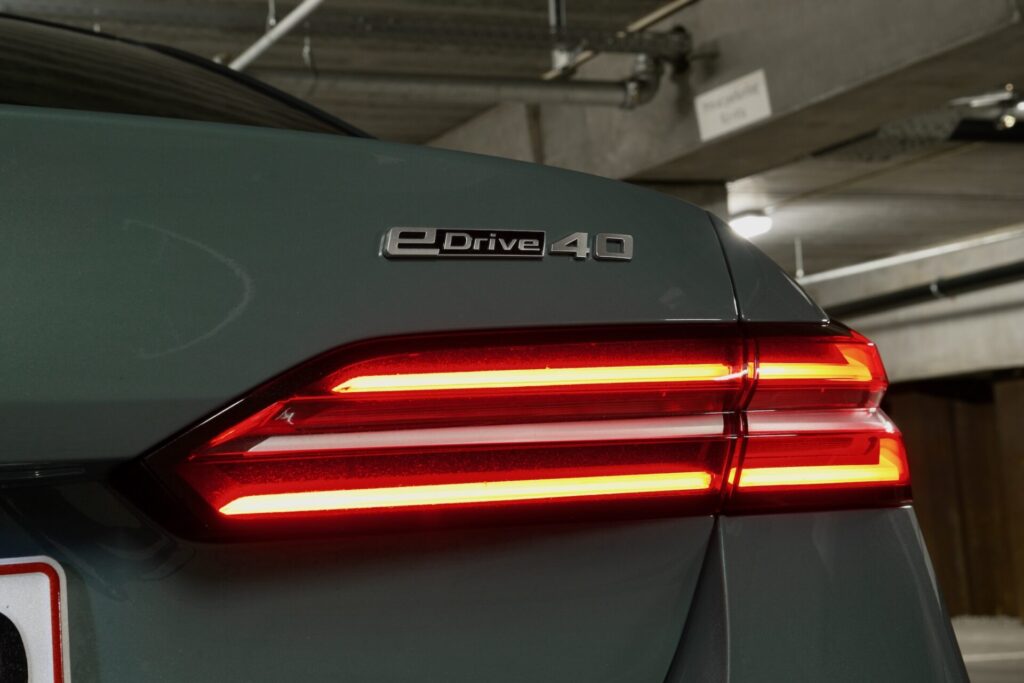
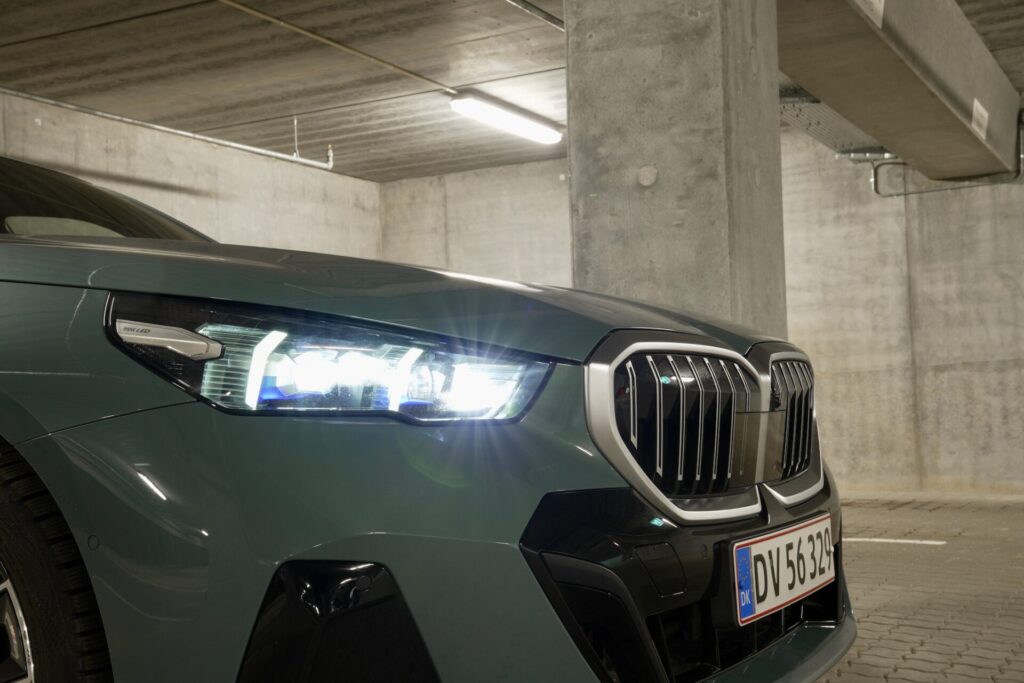

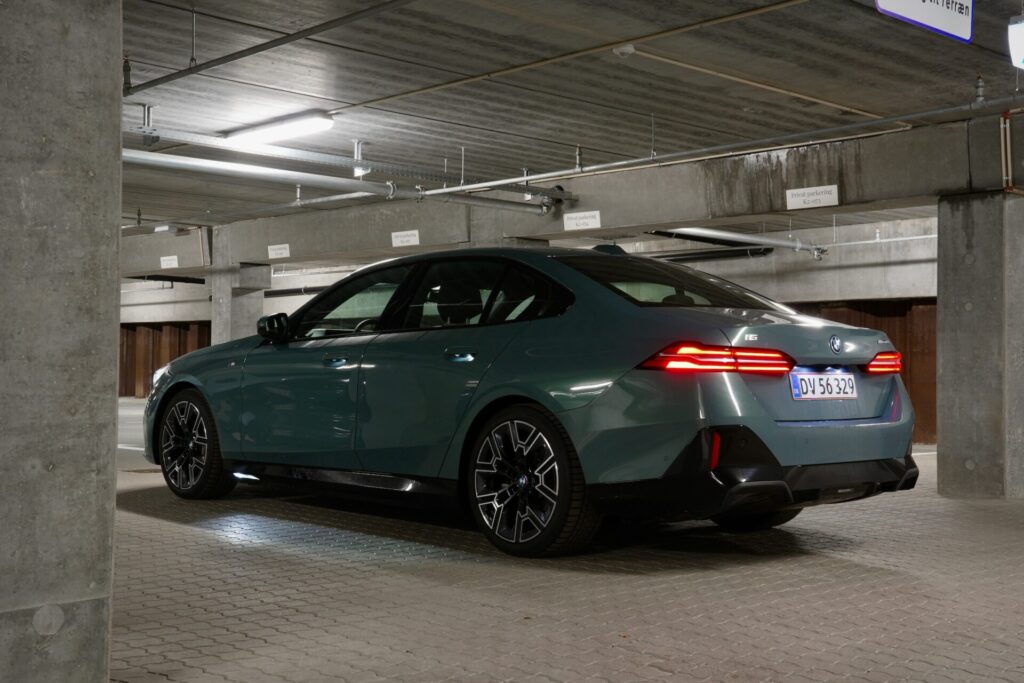
Far more attractive than EQE
EQE and i4 each have a number of strengths that have made them popular in Denmark. The EQE has a long range and is available in many versions, and the i4 has given the class a touch of driving pleasure. But the two electric cars also have a number of things with them that are not ideal.
The EQE is a horrible attempt to make an aerodynamic electric car. It has succeeded with both the horror and good aerodynamics. The interior is cheap, and you sit high and strange in Mercedes’ electric car. The prices aren’t something Mercedes can brag about either. And i4? The cabin is so cramped that I think of it as a car that is only suitable for two people.
As a much larger car than the i4, the i5 comes with superior space. The large tailgate has the i4 as an advantage, but in the i5, four adults can spread out. Opposite the awkward seating conditions in the EQE, the i5 stands with a classic BMW seating position; if you want to sit low, you can sit very low, but you can also turn the front seats up high.
The latest 5 Series has become a very large sedan, and whether it stands as the 520d or the i5, it is less elegant than the previous 5 Series. It easily beats the EQE in terms of design, but on a trip to Skanderborg I discover that an i5 is not just an i5.

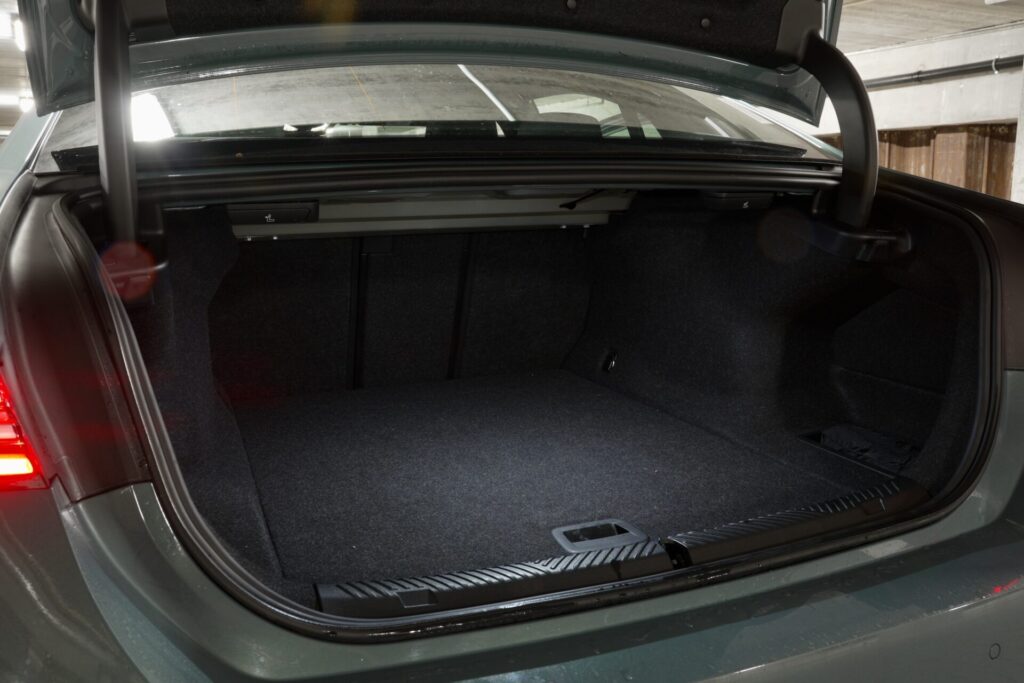
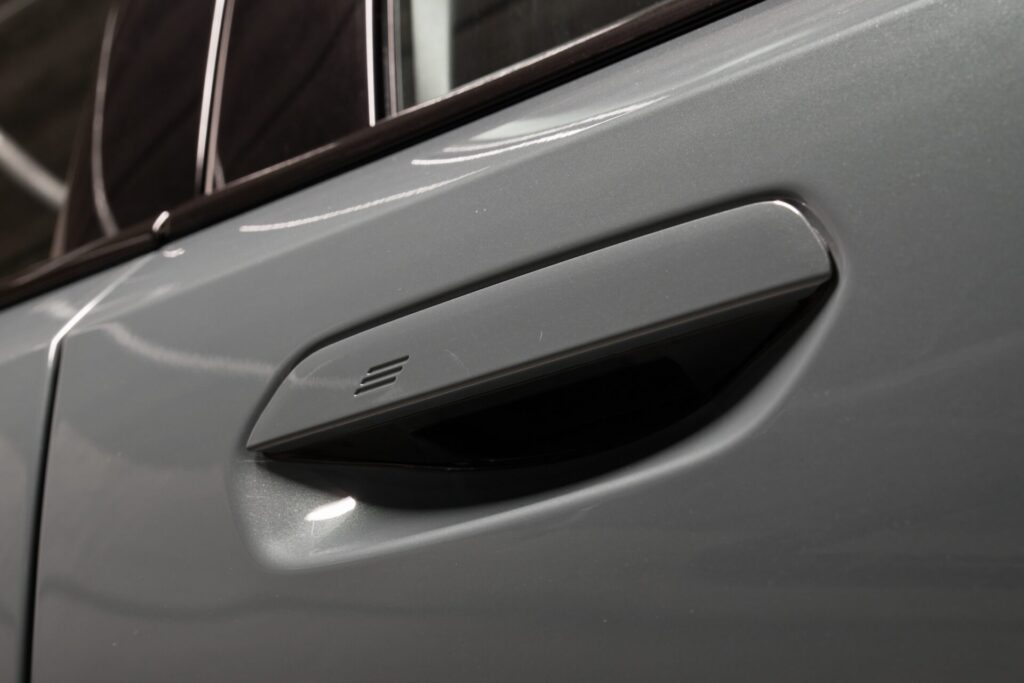
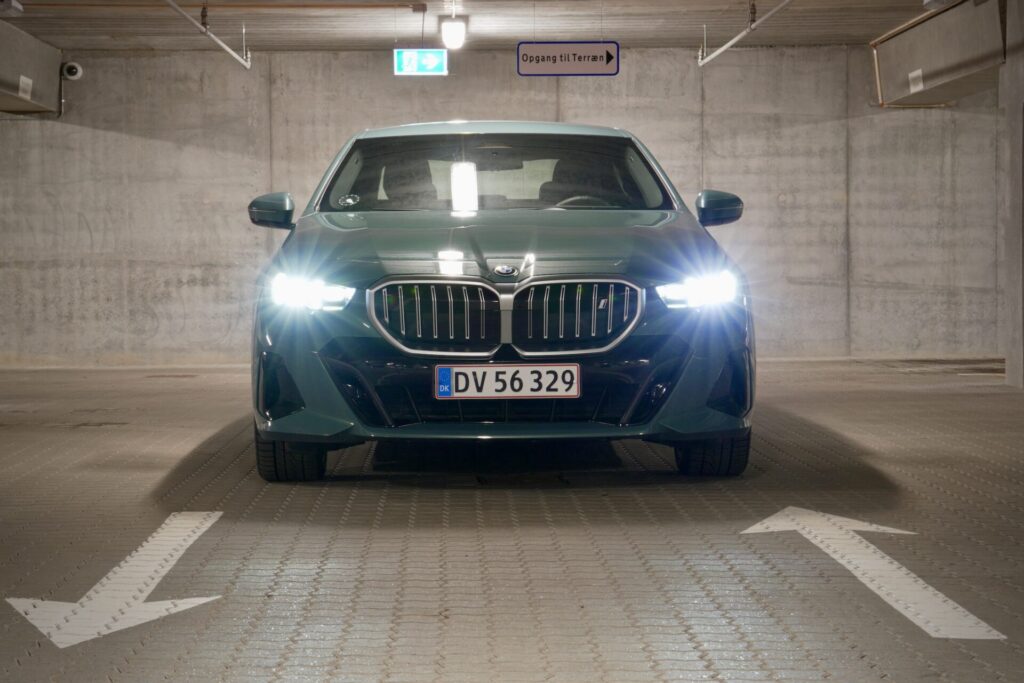
Sportsline? no thanks
Sportline is there, it starts in the i5 family. The Sportline is the base model, and it comes with quite a lot of equipment for just over DKK 594,000. The test car is the slightly more expensive M Sport at DKK 629,000, where trim and styling make up most of the difference.
DKK 35,000 for dark alloy wheels, styling outside as well as inside and M Sport chassis is nothing in the grand scheme of things. And thank you, BMW, for the price being so low, because when I park next to an i5 eDrive40 Sportline in Skanderborg, I see why the i5 is self-signed for the M Sport treatment.
The alloy wheels are very, very common. Peace be with it. The problem is the front design with smooth bumpers with some kind of wings. So nice that the option is there to change the design so much, but I am unequivocally in the M Sport camp.

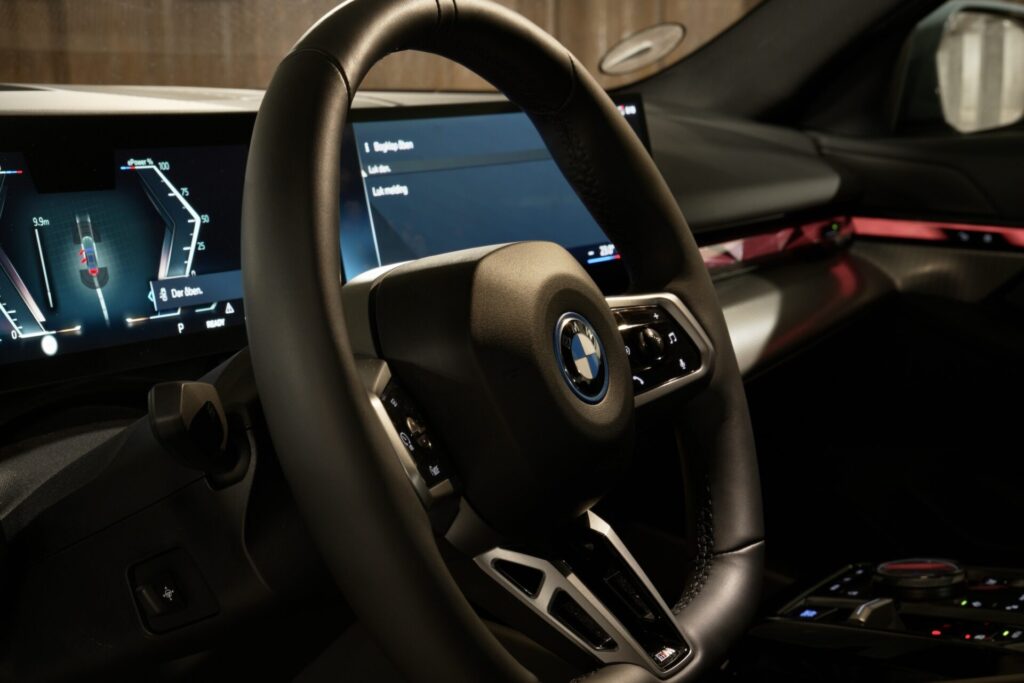
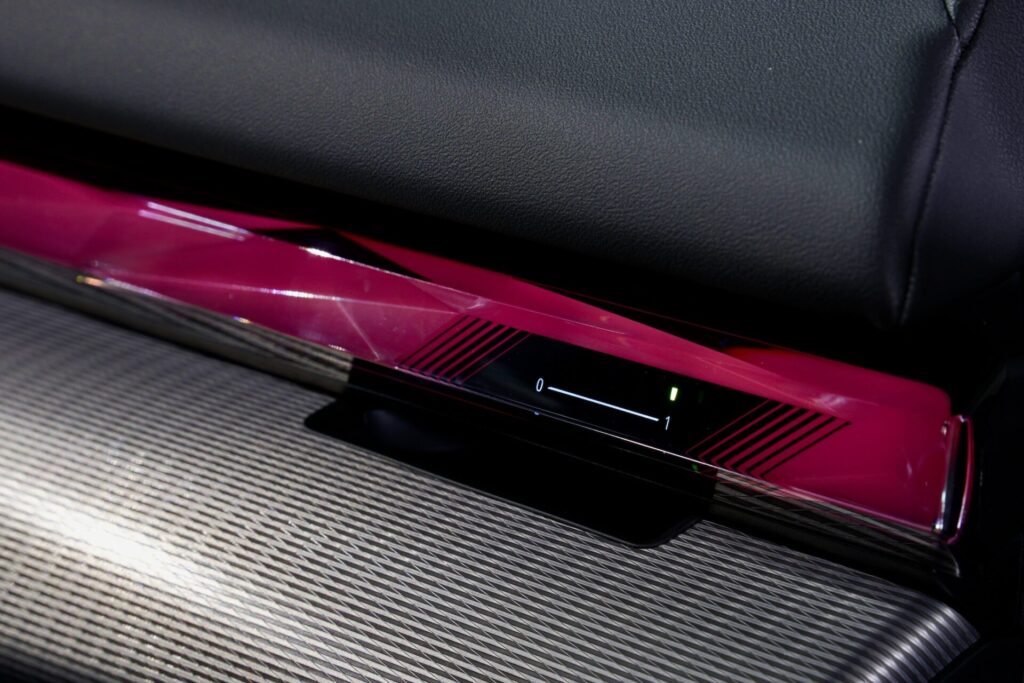
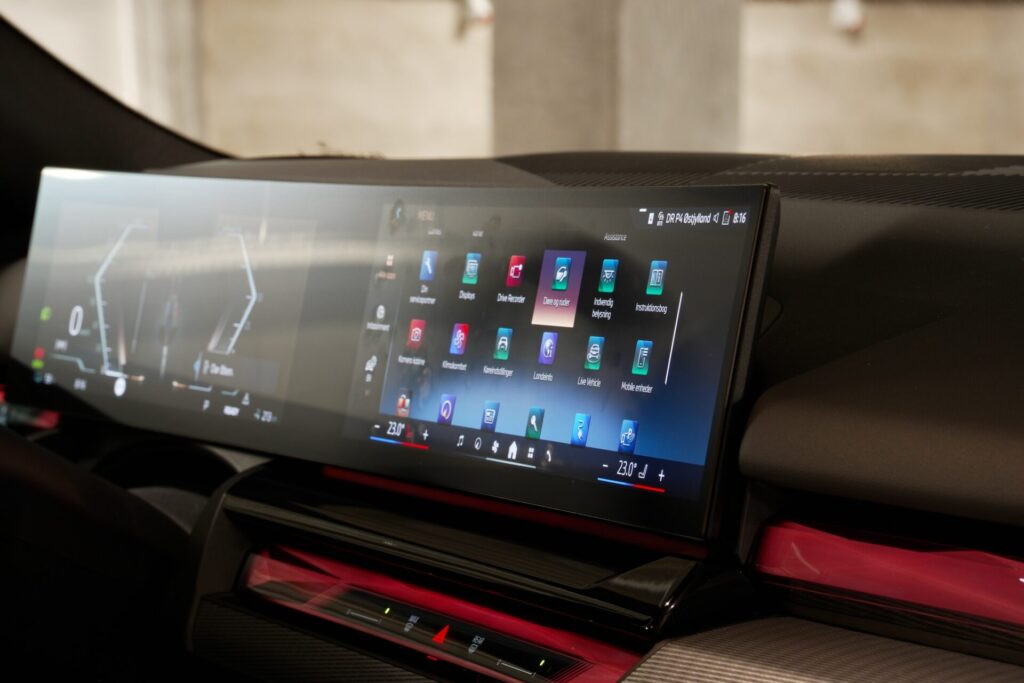
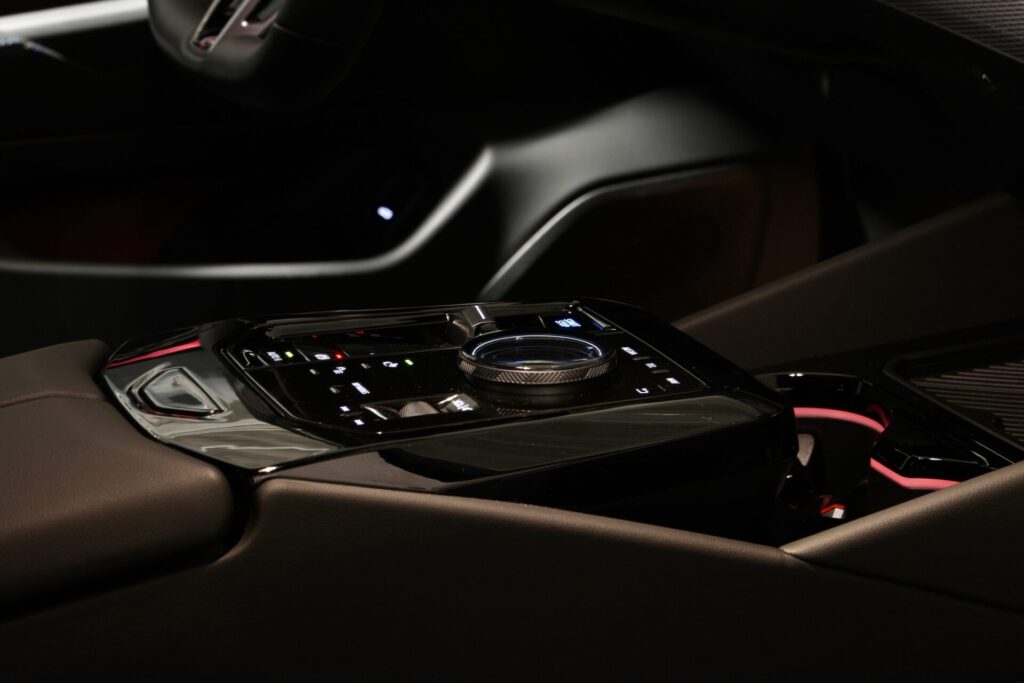
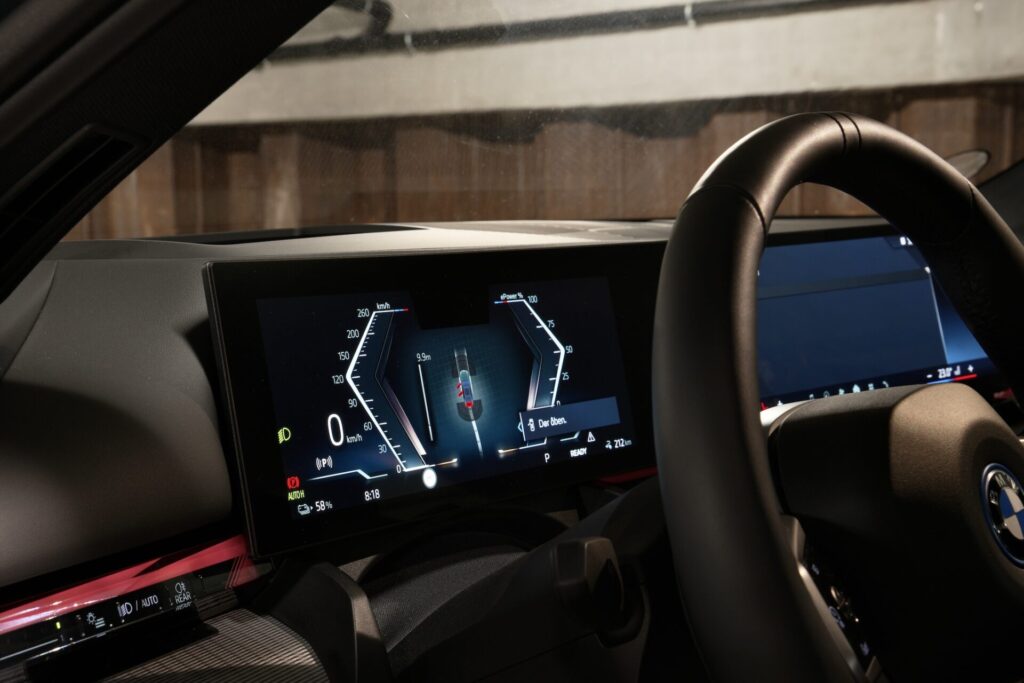
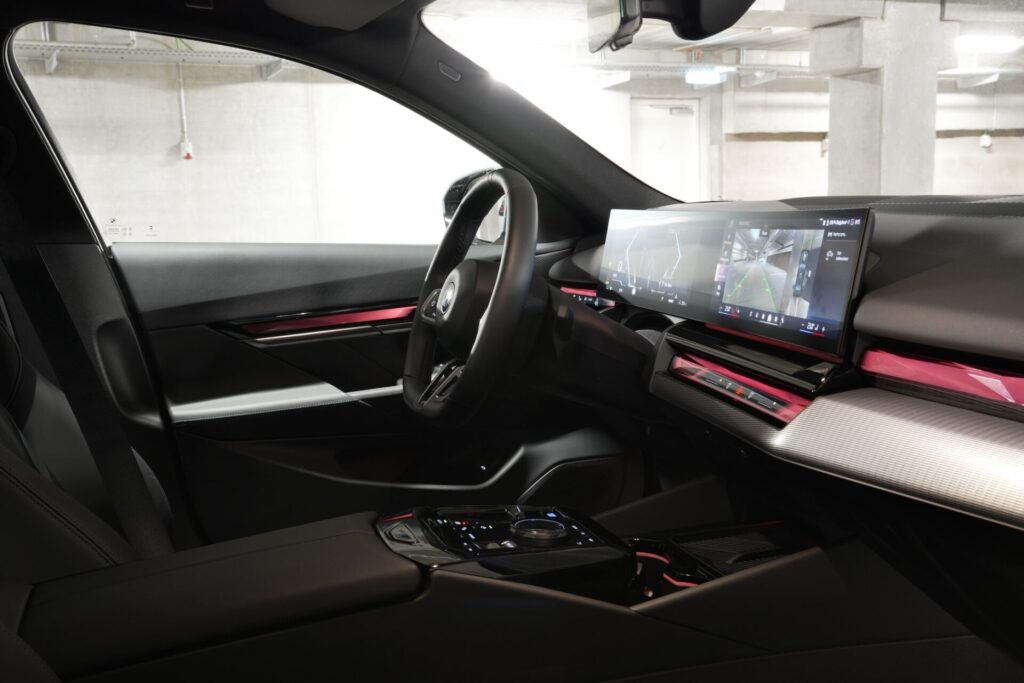
The classic iDrive rotary wheel is redundant
DKK 629,000 is only the beginning for the test car. The supplement to transform an i5 in M Sport clothes for the test car is around DKK 100,000. The Travel package for DKK 21,894 shouldn’t be an extra at all, because I expect an electrically operated tailgate and keyless operation to be free in an electric car for more than DKK 600,000. The Innovation and Comfort packages for approximately DKK 26,000 and DKK 35,000 respectively are okay to find on the optional equipment list; the content is good as a head-up display, 360 degree camera, seat heating in the back seat.
DKK 15,000 is charged for AC charging with 22 kW. If it sounds like unfamiliar concepts, it is typically standard for electric cars to charge at a charging box or slow charging station with 11 kW. 22 kW is double speed, and it is an option in many places in public spaces. With that power, the i5 can be charged from 0-100 percent in about four hours, so the difference is as big as it sounds when you hear 11 versus 22.
It’s nice to sit in the i5, whether it’s running or you’re waiting for lightning charging, which can be done with a competitive 205 kW. BMW started in the latest 7 Series with backlit panels that look like large cut crystals (it’s just clear plastic). The lighting can be adjusted in strength and colour, so you can bathe the interior in coral, flamingo or just white or blue. It plays well with the screen-heavy environment.
The large touchscreen for the infotainment system provides adjustment options for cabin temperature and seat heating, and the front menu with large tiles provides a solid overview, so you rarely have to go to the main menu itself. Once you get in there, it’s all overwhelming because the features are countless.
At the end of the test week, I discover that I haven’t really been using the large iDrive rotary wheel, but the large touchscreen all the time. I have the band BMW far away because the wheel has been dropped in smaller models like the X1 and 2-series Active Tourer. But now I can only look inward and say that BMW will be right and I will be at peace.

What should I do with the i5 M60?
A large sedan from BMW is more elegance and firmness than it is actual dynamism and sharpness. It was many years ago, and when a car is on the good side of five meters and the wrong side of 2.2 tons, nothing else is right either.
From the BMW of old comes the fast, heavy steering, brakes that bite and firmness and solidity in the suspension. But the difference from a 5-series from 2006 to an i5 from 2024 is that the teeth are stuck in the jaw when you drive over a high bump in the road or hit one pothole after another in the road. The firmness of the undercarriage never reaches the seats and up to the body, and I am impressed by the undercarriage the i5 drives with.
My clever colleague Simon recently tested the top model i5 M60 with 601 hp. I also tried the Autobahn rocket back in the autumn, and it is for connoisseurs who need both icing, whipped cream and ice cream for the good cake. It is an exaggeration, where the i5 eDrive40 with 340 hp is the finely tuned, concentrated and delightful experience.
The “small” i5 is also really fast, so if you come from an older six-cylinder 5 series, petrol or diesel, the electric “base model” moves just as well.
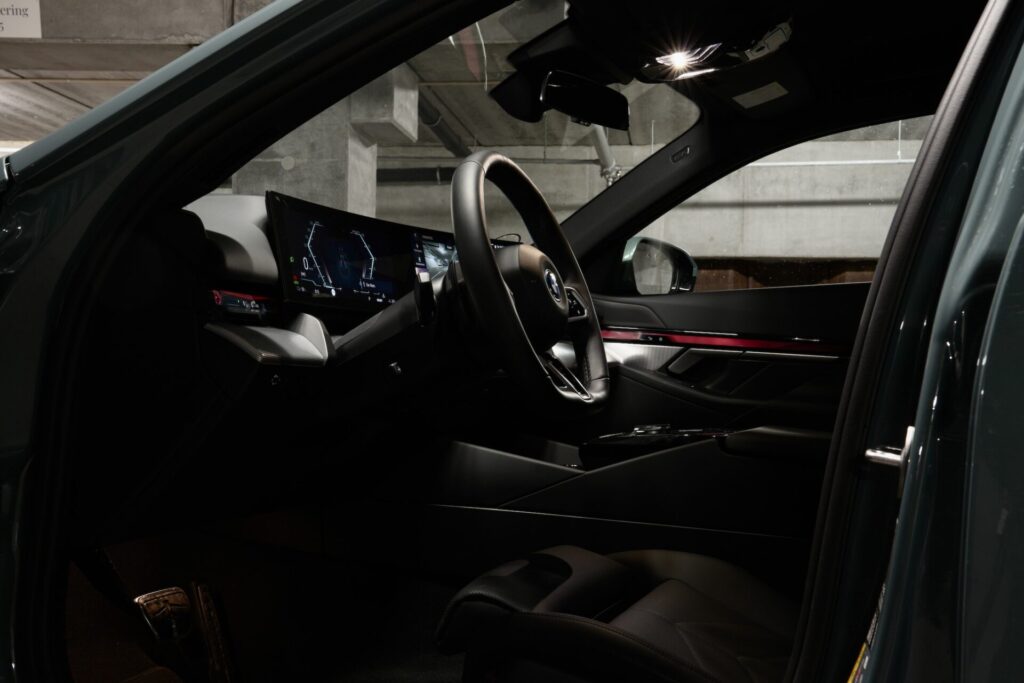
Consumption is suffering from a winter depression
It twitches until I find out that the consumption is completely screwed up. Winter is notoriously hard on the batteries in electric cars and thus on consumption and range, but I have enough evidence that consumption does not need to go completely berserk when there are subzero temperatures in Denmark. At least a recent test of the Kia EV9 showed as much.
BMW sends the i5 eDrive40 off with a range of 572 kilometers and a consumption of 15.9 kWh for every 100 kilometers. It would be good if it was close to reality, but the i5 uses far more power than that, and up to twice as much winter consumption in completely peaceful driving is a reality during the time I have the i5 available.
Where are the factors hiding that give the i5 such a high consumption when it should be so low? When I don’t have consumption at higher temperatures to compare with, it’s pretty much only the cold that comes up in the search. The car apparently uses a lot of energy to heat up the battery. Is the electric motor inefficient? That able to be another problem.
When something sticks out as much as the high consumption in an otherwise almost perfect electric car, it hurts all the more. The BMW i5 has a scorebook where there are plenty of high marks for comfort, driving characteristics, interior design, space and power development. But the rating for consumption and range is really dragging down, and it’s such a shame it’s sad.
SPECIFICATIONS
BMW i5 eDrive40 M Sport
Engine: Electric motor (rear)
Performance: 340 hp/430 Nm
0-100 km/h: 6.1 seconds
Top speed: 193 km/h
Spending: 15.9 kWh/100 kilometers
Battery Size: 81.2 kWh
Charging capacity: 205 kW
Range: 572 kilometers
Dimensions (L/W/H): 501/198/176 cm
Curb weight: 2,205 kilos
Draw weight: 1,500 kilos
Trunk volume: 490 liters
Price: DKK 628,554 (i5 available from DKK 593,554)
Private leasing (one-off payment/monthly payment): DKK 50,000/7,195 (i5 available from DKK 50,000/6,495)*
Tax basis, company car: DKK 564,554 (i5 available from DKK 531,554)
*The price of private leasing is with 15,000 kilometers per year and a term of 36 months.
